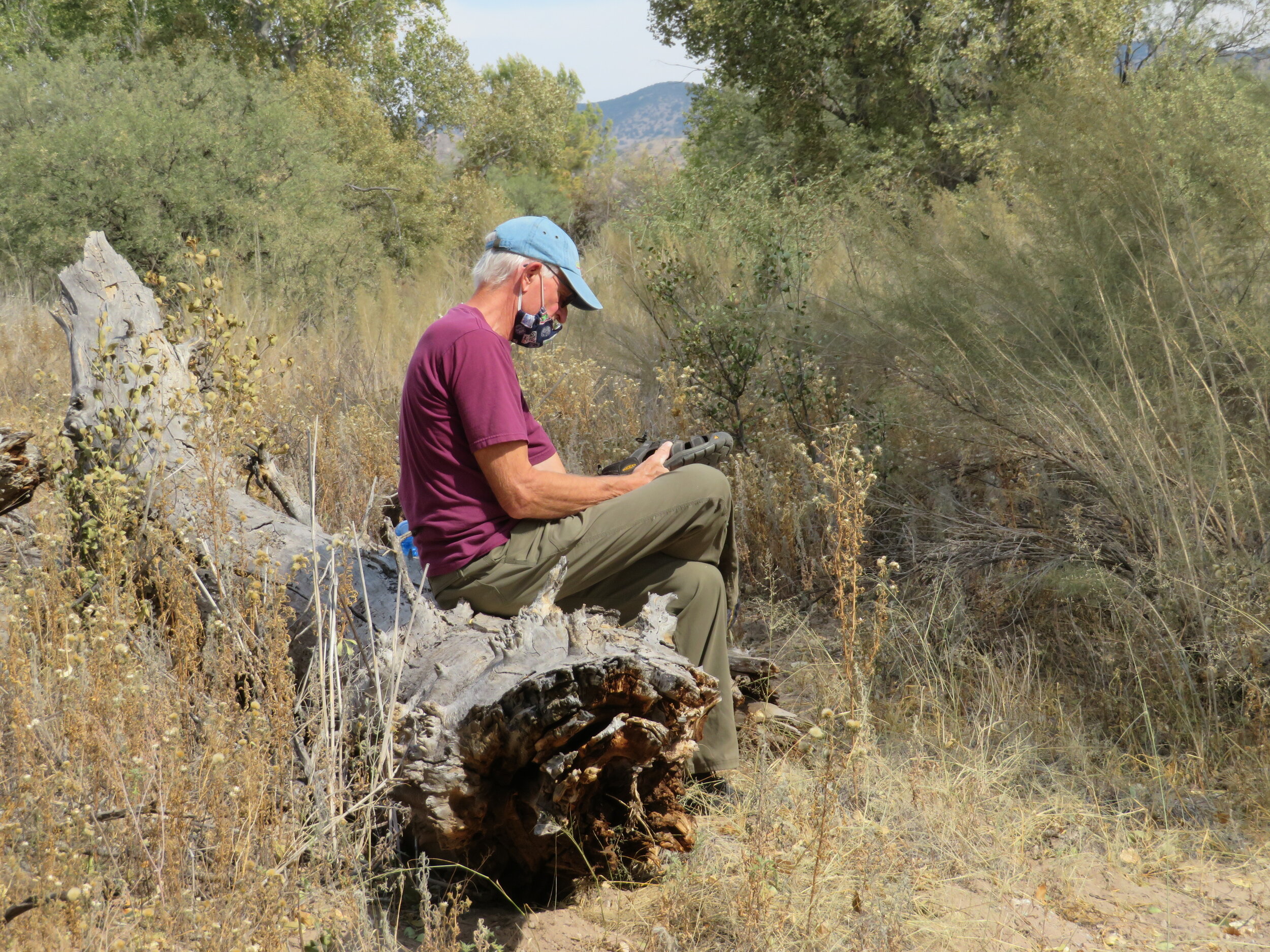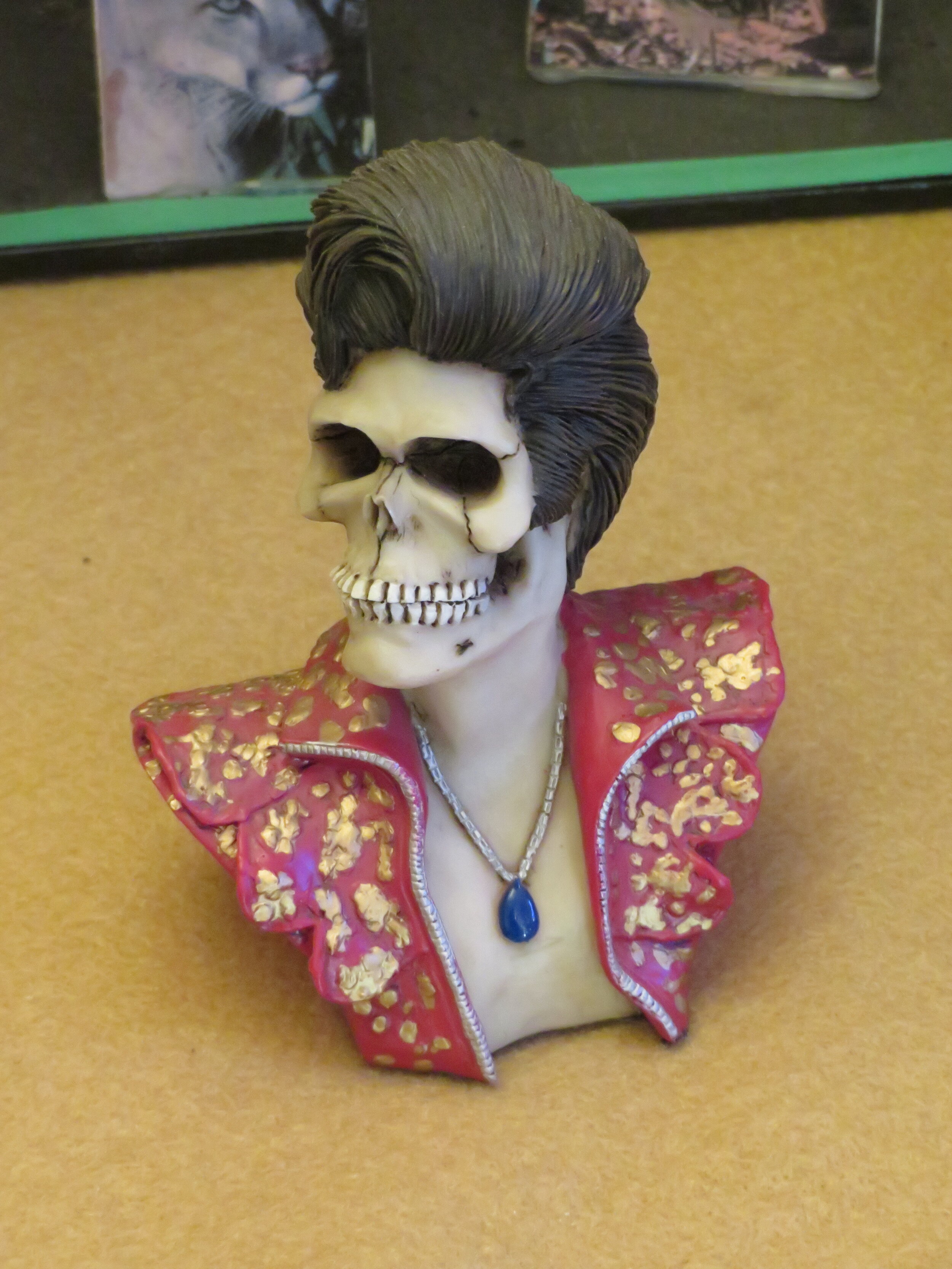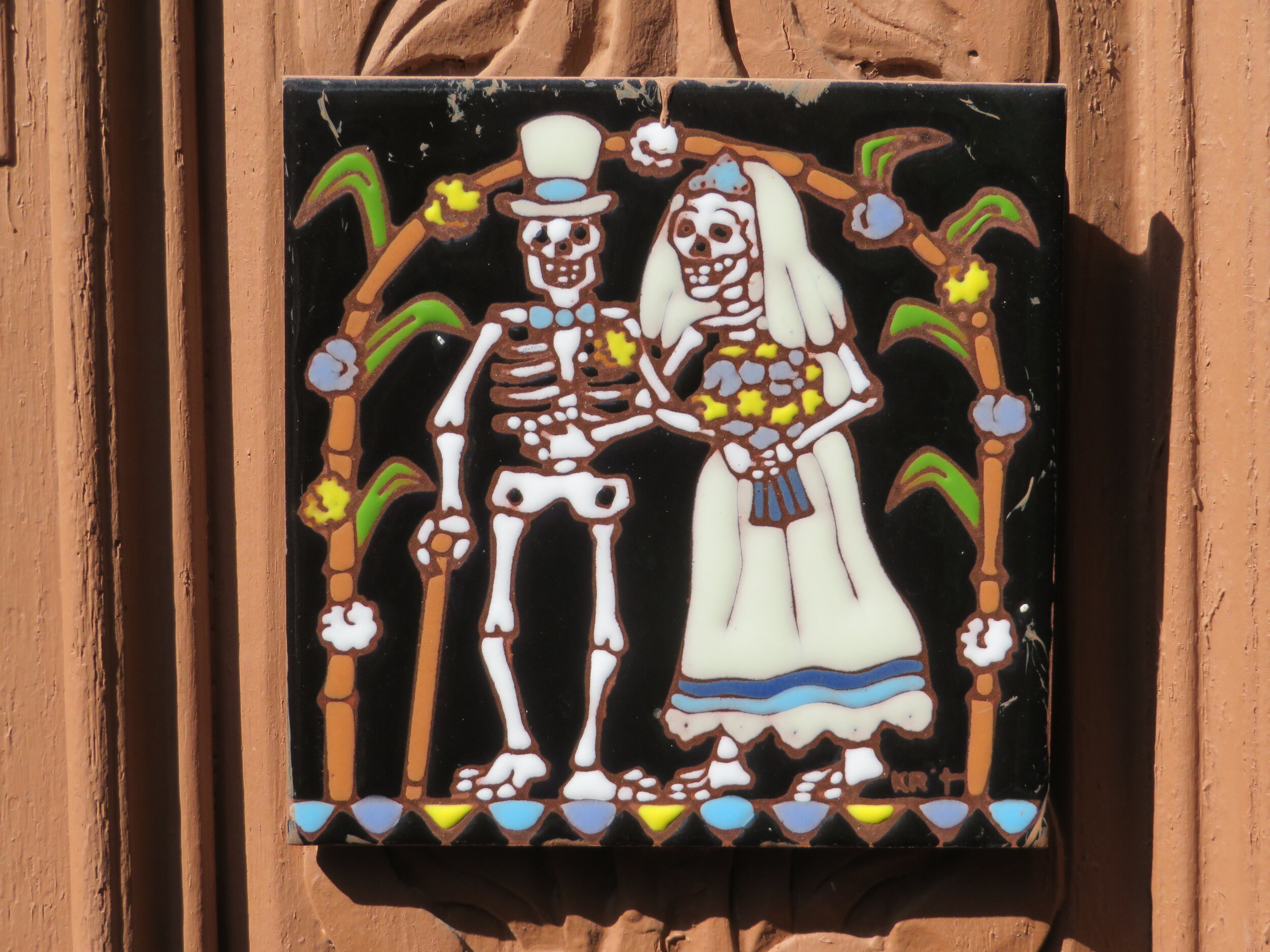Patagonia, Nogales and The Wall
/I know, this is usually a Blue View day, but since David took my Monday, it seemed fair I should usurp his Saturday. He’ll be back next Saturday, but in the meantime, you’re stuck with me.
We’ve been to Patagonia before, but not this one!
We’ve been to Patagonia before… it’s at the bottom of the world in southern Chile. After a conversation with our son, Brennan, however, we learned there was another Patagonia in southeastern Arizona. He described it as a picturesque, artsy little town located along the 57-mile long Patagonia-Sonoita Scenic Road (AZ-82 & AZ-83). We were interested and figured it would be a good stop on the way to Nogales, AZ on the US-Mexican border. We were interested in seeing ‘The Wall’.
The Patagonia-Sonoita Scenic Road was indeed scenic. This serpentine route wends and wanders its way through the Santa Cruz River basin via narrow canyons and desert from which the peaks of the Patagonia and Santa Rita Mountains abruptly emerge.
Main Street Patagonia … it’s a pretty small town. Population: 913
The town is tiny, but we decided getting our daily walk out of the way was first on the list of to-dos before any exploration. TrailLink provided information and a map for the Patagonia Train Track Trail, a 2.0 mile loop trail that follows the vague remains of the New Mexico and Arizona Railroad, a rail line established in 1882 between Nogales and the Southern Pacific Railroad hub in Benson. Remember all those train murals we recently saw in Benson?
There’s no railroad crossing here, but rather this is the start of the Patagonia Train Track Trail.
The trail is more a rough path in places than a maintained trail and we had stickers and burrs on our shoes, socks and pants to prove it. There’s not much left to the railbed… just a wooden track abutment that required a sign and lots of imagination to recognize. That’s not to say we didn’t appreciate the walk on a bright, sunny day, because we did. This is supposedly a good bird-watching area and we’d hoped to see a few, but other than a couple of raucous ravens, the only animal life we saw was a couple of penned goats bleating at us.
Taking rocks and sand out of our shoes was a constant chore as well as removing burrs from our socks.
Only half of the trail passes along the extant railbed, the other half circles around and passes through the Nature Conservancy and the Native Seeds Search Preserve. We later googled Native Seeds and found it to be quite an interesting program. Read more here if you’re interested.
On our return to Patagonia, we stopped at La Galeria Dia de los Muertos, a one-room museum “dedicated to educating the public on Latin America's most important religious holiday: the Day of the Dead. The Galeria is recognized by both the Smithsonian Institute and the US Library of Congress.” It celebrates the culture and folk art of the special day and though small, it was packed full of interesting items carrying a morbid, but overarching theme: ‘los muertos’. Click on the thumbnails for a closer look.
After a quick lunch on the street-side patio of Wild Horses, we headed further south to Nogales, our destination for the evening. Nogales sits on the US-Mexican border. Though we enjoy Mexico, we didn’t attempt to cross the border this time. There’s no problem crossing, it’s the long lines and hours’ wait to get back into the country that poses an issue.
We had lunch on an outdoor patio at the Wild Horse Restaurant. One of our rare meals out.
The next morning we stopped at the visitor center to check out where we might view the ‘new wall’. “Well, you can’t really see the ‘new wall’. You can see the old wall”, the pleasant woman explained. We’d read several articles from locals about how they opposed the wall. This woman, who was of Latino heritage, indicated she was very much in favor of it. We’d have liked to talk with both sides to get their views, but that wasn’t very probable.
Immigration checkpoints on the way from Nogales.
Our wall curiosity not satisfied, David sussed out an unpaved road that seemed to travel very closely parallel to the border. We decided to see what we could see there. Up over a hill, around a corner and a couple of miles and there it was… the border wall. About every ½ mile a border patrol officer was stationed in an official vehicle, just watching (and probably bored out of their minds). We approached one fellow and asked if we could walk up to and along the wall.
“You can, but I wouldn’t. You never know what’s on the other side.” Not sure if he meant to frighten us, but it was broad daylight and since it’s an 18-foot high, vertically slatted wall, we could see through to the other side… not much but desert and brush… no bad hombres. We didn’t feel too threatened.
After a quick walk along the wall on rough ground, we returned and asked if this was the ‘new wall’. “Nah, this has been here about 10 years. The razor wire on top was added about two years ago.” How different is the new wall, we queried him. “Looks pretty much the same,” he answered.
So much for seeing the wall, we headed back to Nogales. We saw the border crossing and drove along the main streets. The city is distinctly Latin in flavor with large plazas, signs in English and Spanish, the types of stores and shops we were used to seeing in South and Central America… but eerily deserted. Few car were on the roads and few pedestrians were out and about. Coronavirus has hit everywhere with equal ferocity.
The streets of Nogales, AZ, a border city, were eerily deserted.
Enough ‘wall talk’, how about a ghost town for a change? Join us next time for a ride along the Apache Trail and, yup, a visit to a ghost town. And, just in case you’re wondering… NO WORD ON BLUE!


























